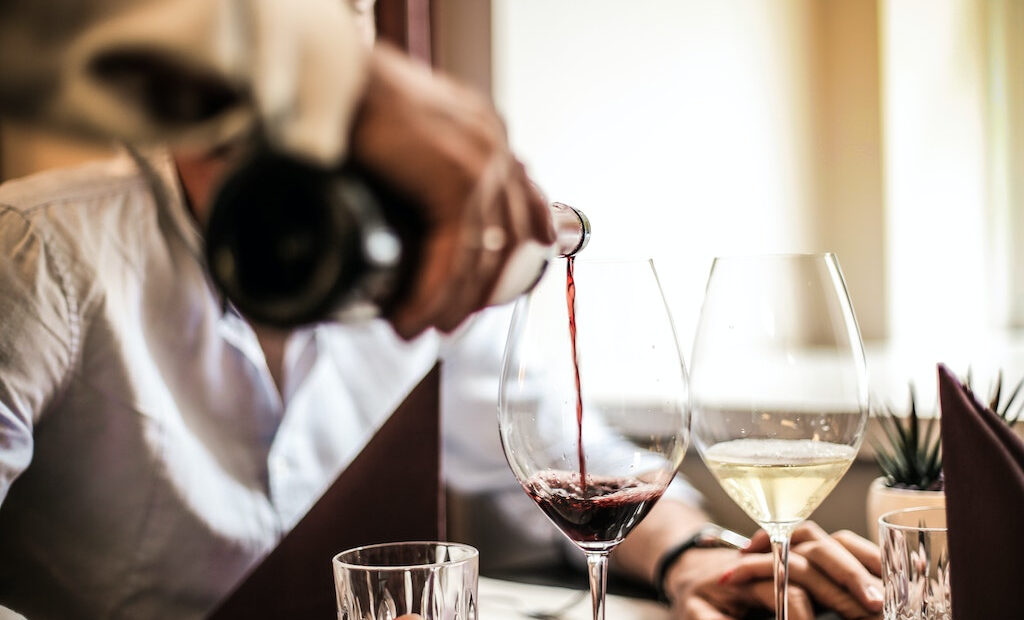How to find good wine

High-quality wine is the order of the day. But how does one find it among the numerous varieties on offer in the beverage trade? Here are five tips or steps to help with recognising good wine and meeting one’s own tastes.
Personal expectations
Apart from a few objective indicators, what constitutes good wine is always a subjective matter. Which wine satisfies the drinker personally? With growing experience, this step becomes easier and easier and one finds individual favourite wines. This is very similar to buying a book. Of course, there are also wines of poor quality on the market, but they can be recognised relatively quickly. At parties with many guests, the situation is different. Here a suitable wine should be available for everyone and therefore a selection of different flavours. At the same time, a festive occasion usually requires a nobler wine than a summer party among students.
Reading the label on the wine bottle
The label on the wine bottle already reveals a lot about the quality of the wine in question. The vintage of the wine and the grape variety must be on the label as well as the bottler and the winery and the region of origin. It is also usually easy to tell whether the wine is dry or sweet. Designations such as estate wine or site wine reveal further useful information from which the wine lover can read what awaits after opening the bottle. The more information the label, the easier it is to classify the wine and the better the taste preferences can be met. The food recommendations also help in some cases.
Exploring individual taste
An unusual taste does not necessarily mean that the wine is actually bad. Even high-quality wine can taste quite unusual or carry a distinctive note of its region of origin. However, if the wine tastes distinctly of cork or vinegar, it is indeed bad. After that, it’s pretty easy to determine whether one likes it or not – after all, tastes differ from person to person. One person prefers a Riesling, while another prefers Pinot Gris or Gewürztraminer. Some red wines in particular have an extremely intense aroma and are not to everyone’s taste. It can also be worthwhile to test different wines and dishes together.
Price and performance
Whether expensive always equals good and cheap equals bad cannot be said in every case, but one should generally spend more than four or five euros per bottle for a reasonable drop. The different price classes are then noticeable in many cases in the taste. Climate and soil also have a considerable influence on the quality of a wine. Often the occasion also determines the price – a gift to a wine lover may be relatively expensive, whereas there are situations for which a cheaper wine will do. Opinions are divided on cooking wine, but it doesn’t have to be the most expensive wine, especially when added to drinks.
Gut feeling
In the end, the circle closes with the personal gut feeling: curiosity and the spirit of discovery are no less justified when it comes to deciding what to buy. Sometimes one’s mood even decides whether it’s time to reach for a cheap or expensive glass off the wine rack. In the end, high-quality wine is a matter of personal taste. Good wines, however, usually have a longer shelf life.
The editorial unit


















Facebook
Twitter
Instagram
YouTube
RSS